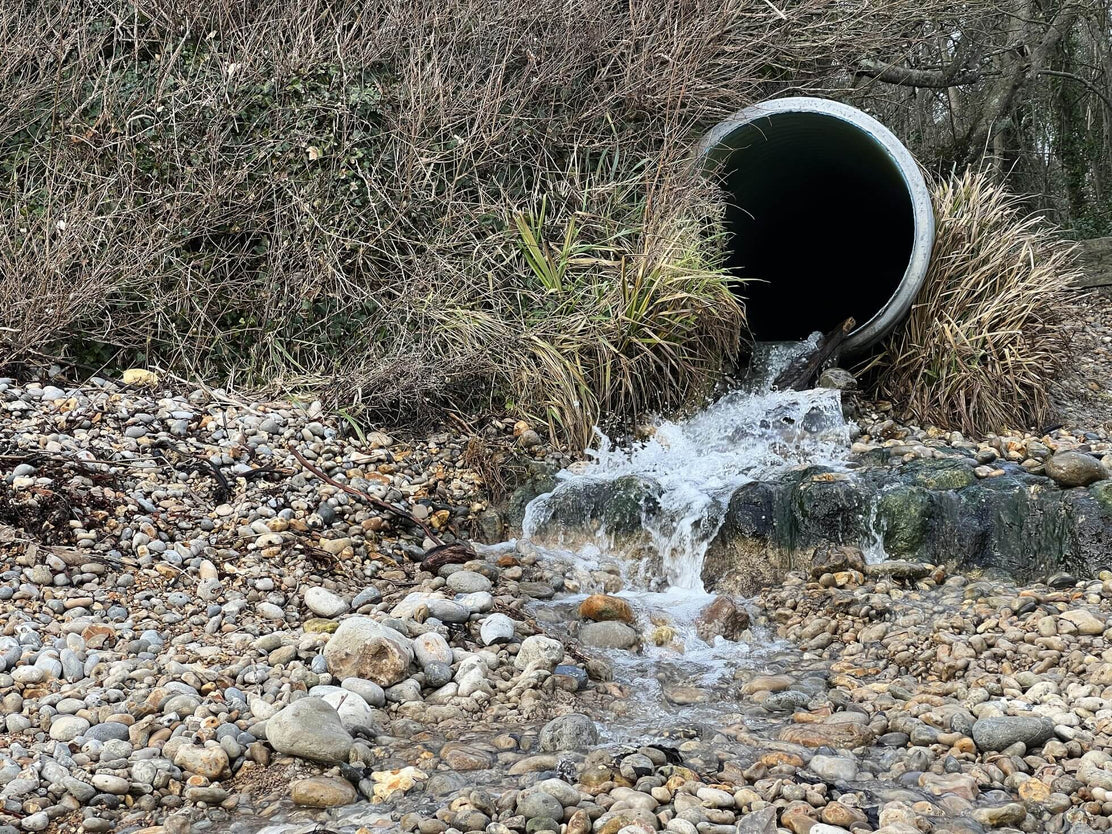What Does Reclaim Waste Do?
What Does Reclaim Waste Do?
Blog Article
Reclaim Waste for Dummies
Table of ContentsLittle Known Questions About Reclaim Waste.5 Easy Facts About Reclaim Waste ExplainedReclaim Waste Can Be Fun For EveryoneReclaim Waste Things To Know Before You Get ThisAbout Reclaim WasteFacts About Reclaim Waste Uncovered
Via correct liquid waste management, companies can minimize energy-intensive treatment procedures and disposal costs. They also get to preserve resources and assign them in various other relevant procedures. There are numerous regulations that safeguard public health and wellness and the setting. By complying with a system for handling liquid waste, business can stay clear of pricey penalties and fines and prevent negative promotion.Remain in advance of laws and keep a safe office with a digitized compliance tool. Identifying fluid waste is vital for efficient storage, therapy, and disposal. Environmental, Health And Wellness, and Security (EHS) teams, waste management policemans, and compliance managers can handle these wastes securely and efficiently when they recognize the essentials: Produced from households, this kind of liquid waste originates from toilets, sinks, showers, and cleaning machines.
(https://www.indiegogo.com/individuals/38413579)Accumulate representative samples from different factors within the waste stream to ensure accuracy. Conduct regular testing to track any kind of modifications in the composition. Maintain comprehensive documents of characterization for future recommendation and compliance functions. Fluid waste, particularly dangerous ones, postures substantial threats throughout this action. Correct treatments minimize spills, leaks, and other crashes that can damage the employees and the general public.
Fascination About Reclaim Waste
Set apart the waste based on its type (e.g., harmful or non-hazardous) to make sure proper handling. Shop waste in safe and watertight containers to stop spills during collection. Label the containers appropriately, consisting of the kind of waste, potential hazards, and dealing with guidelines. Tons the secured containers right into transportation lorries with vacuum trucks or mobile storage tanks.
is required when the effluent will be recycled or released into metropolitan pools. Sanitation (e.g., chlorination, ultraviolet light, ozonation) and nutrient elimination (e.g., denitrification and phosphorus removal) are advised under rigid guidelines. This stage in the process is purely regulated because it is when most dangers take place. Numerous business broke a number of fluid waste disposal guidelines over the last few years.
After picking the ideal kind of treatment method for liquid waste, business should discover ways to deal with this appropriately. Below are some effective methods of liquid waste management: get most treated liquid waste that satisfies discharge requirements. describes utilizing cured wastewater in agricultural lands for watering as long as the effluent meets hygienic degrees per guidelines.
Some Known Details About Reclaim Waste
Shallow basins consist of liquid waste that is allowed to vaporize through natural procedures. This kind of disposal is subject to strict ecological policies due to possibly unsafe emissions.
The findings need to be documented, evaluated, and kept not just for entry to regulative authorities yet additionally for making renovations in the future. Use trusted equipment, approaches, and software program solutions to make sure precise and regular data collection. Stay upgraded on appropriate ecological regulations and market criteria. Share details with relevant stakeholders (e.g., workers, governing government firms, and nearby communities) to preserve transparency and liability.
Some Known Details About Reclaim Waste
Regardless of the firm size or industry, there are countless obstacles connected with this task. Firms that can not invest in facilities need to think about working together with the public field for much better services (liquid waste removal).
Liquid waste refers to any kind of material in a fluid state that is surplus, unwanted, or disposed of. One substantial difficulty for firms is the lack of suitable storage space facilities for fluid waste. Partnering with liquid waste solutions will considerably reduce this difficulty Standard miss bins and other containers that are generally used for strong waste are typically not enough for the distinct demands of handling fluid materials.
Not known Details About Reclaim Waste
This blog digs into the attributes of liquid waste, reviewing just how spills and contamination cases can be managed properly. It also explores the procedures companies can require to avoid future leakages and what to do when spills undoubtedly occur. Fluid waste is composed of any kind of undesirable or surplus product that exists in a liquid kind and is set for disposal.
This kind of waste emerges when an item is no longer required, a lot like any type of various other type of garbage. Sometimes, this implies merely tossing it away, which can occur as a result of producing even more than necessary. Liable management via correctly disposing is a must. It is important to involve qualified liquid waste monitoring specialists when transporting or disposing of liquid waste.

The Main Principles Of Reclaim Waste
The Environmental Defense Agency mentions click now the "product needs to travel through a 0.45-micron filter at a pressure differential of 75 psi" in order to be defined as a liquid. What is essential to keep in mind below is that the much more solid an item is, the much less most likely it is to be fluid. It's feasible to distinguish between two sorts of fluid waste: organic and inorganic. Both have their differences.
Oil spills can result in dirt contamination and various other environmental catastrophes. Both companies and people can substantially benefit from understanding proper trash disposal procedures via nine ideal practices in waste administration. These approaches are straightened with the well-known waste hierarchy. Waste prevention is the most efficient method for managing sources and minimizing ecological impact.

Report this page